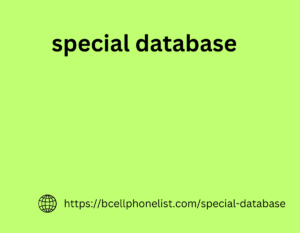No one will argue about the relevance of website optimization using external promotion. But there are still debates on the topic of what links should be – anchor or non-anchor, what are the advantages and disadvantages of each type. This article will discuss what a non-anchor link is, what it looks like and how it can be place in the text.
Anchorless links – what is it
In publications place on external special database resources, you can often find regular URL links leading to the promote web resource. These are anchorless links.
Among them, several types are distinguish:
- URL links. Simply put, these are links where the page address itself acts as an anchor, that search engines perceive different address options (with “https”, “www” or without them) as different anchors. This way, you can diversify the anchor list and make it more natural;
- brande anchors. In addition to the URL, anchorless links can include the name of the company, product, website, or even the name of a person (for example, for service professionals). To make the link profile more flexible, use different versions of the brand name, for example, change the Latin and Cyrillic alphabets. In our case, an example of an anchorless link would be: Elit-Web; Elit-web; Elit-web; Elit-web. Sometimes mistakes are made intentionally;
- general phrases. Anchorless links also include expressions such as “follow the link”, “read more”, “find out more”, “click here”, “more info” and others. Such neutral phrases look quite organic in the text, and are positively perceive by both users and search algorithms.
In general, it is consider that anchorless pronađite najbolju alternativu sendgrid za programere i trgovce links are one of the safest ways of external promotion. Their use helps to avoid penalties for manipulation of anchor keys.
What is the difference between anchor and non-anchor links
So, what are anchorless links? Let’s start with the basics and find out! Any link consists of two key elements:
- URL – the address of the web page to which the link leads;
- An anchor is a text display of a link.
Both types of links contain these two parts. The difference between them is the anchor or text component. Anchor links use a key phrase and the text accurately reflects the content of the page where the user will be direct after clicking on the link.
An anchorless link can be just
A website address or a word that you aol email list can’t guess at first glance what page you’ll be taken to. You can find out if you read the entire sentence. It’s just ordinary users who use this method of redirection in their comments, blogs, and social networks, so search engines consider it natural.
To summarize, the differences between anchor and non-anchor links are as follows:
- in the content of the anchor (some contain keywords, while others do not);
- in solving various SEO problems. Anchor links are useful for improving keyword rankings, while the task of non-anchor links is to make the profile look natural.


